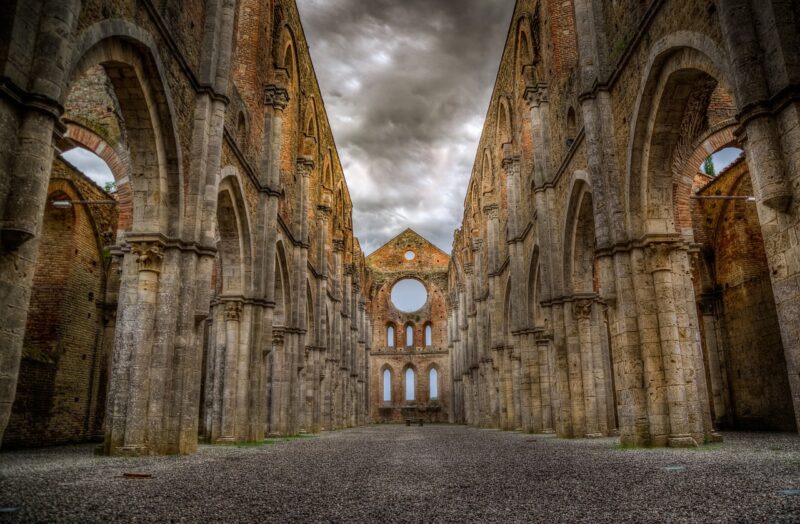
The concept of hospitals is often thought to be a modern invention, but its roots can be traced back to ancient civilizations. One of the earliest examples of organized healthcare facilities can be found in ancient India, where the first hospitals were established, even before the dawn of the Common Era. This article explores the origins of hospitals in ancient India, their purpose, structure, and the social and religious contexts that facilitated their development.
1. The Historical Context of Healthcare in Ancient India
Ancient India had a flourishing civilization marked by advancements in various fields, including medicine. The roots of Indian medicine can be traced to three significant texts: the Charaka Samhita, the Sushruta Samhita, and the Bhela Samhita. These texts not only provided comprehensive insights into medical practices but also laid the foundation for what would eventually evolve into hospitals.
The mentioned texts, particularly the Sushruta Samhita, are dated back to around 600 BCE and contain detailed instructions regarding surgical procedures, anatomy, and various medicinal herbs. This laid the groundwork for organized healthcare facilities like hospitals.
2. The Concept of Health and Well-Being in Ancient India
Unlike the Western approach that often separated spiritual health from physical health, ancient Indian medical systems viewed health as a holistic concept. The ancient texts emphasized the balance of mind, body, and spirit. Healthcare was not merely about treating illness; it was also focused on maintaining a harmonious life. Hospitals, therefore, were envisioned as places where holistic treatment could be delivered.
In this context, early hospitals were not only the answer to illness but also centers for spiritual healing and community well-being. People sought not just medical treatment but a pathway to recovery that involved their mental and spiritual self.
3. Early Hospitals: Characteristics and Structure
The earliest hospitals can be traced back to the 3rd century BCE during the reign of Emperor Ashoka, who was known for his dedication to public welfare. The hospitals of ancient India were often established near Buddhist monasteries and served the purpose of taking care of the sick and the needy.
- Locations: Most hospitals were located near trade routes and bustling towns to provide easy access for travelers and merchants facing health issues.
- Facilities: These institutions typically provided wards for patients, along with separate areas for surgery and herbal medicine preparation. The facilities were simple yet effective, focusing on cleanliness and natural remedies.
- Patient Care: The hospitals catered to both the wealthy and the poor, symbolizing the compassionate care philosophy of ancient Indian practitioners. There were no barriers to receiving health care based on social status.
The caring nature of hospital staff, usually comprising trained physicians (vaidyas) and attendants, reflected the ingrained respect for life and healing in society.
4. Inspiration and Influence
The establishment of hospitals in ancient India was influenced by various factors:
- Religious Beliefs: Hindu and Buddhist principles emphasized compassion and care for the sick. This led to a societal agreement on the need for dedicated healthcare facilities.
- Social Structure: The caste system, while often restrictive, also saw particular groups taking responsibility for public health, thus leading to the establishment of hospitals as a communal initiative.
- Trade and Travel: The establishment of trade routes necessitated reliable healthcare for merchants and travelers, further incentivizing the establishment of hospitals in easily accessible areas.
The hospitals became a model of public health that traveled beyond the Indian subcontinent, influencing the establishment of healthcare systems across Asia, including in China and the Middle East.
5. Significant Figures and Institutions
A notable figure in the evolution of Indian medicine and healthcare was Charaka, who is often called the “father of Ayurvedic medicine.” His contributions to holistic health practices remain influential even today. On the other hand, Sushruta was one of the first surgeons and is often termed as the “father of surgery.” His systematic approach to surgical procedures laid down principles that are still in practice.
Institutions such as Kalyaneshwar Hospital were established during the Mauryan Empire, focusing on comprehensive medical care as well as spiritual rejuvenation. This fusion of healing modalities established hospitals as pivotal hubs for community health in ancient society.
6. Legacy and Conclusion
The legacy of ancient Indian hospitals extends beyond the health sector; they also represent a societal commitment to healing and care that transcended social barriers. As we look at our current healthcare system, we find the echoes of a compassionate approach rooted in ancient practices. Hospitals today, while technologically advanced, can learn much from the past about inclusivity and holistic care.
The first hospitals in ancient India were not just about treating the sick; they were about fostering a sense of community resilience, hope, and care. Understanding their history allows modern society to appreciate the vital role of hospitals not only in healthcare but in strengthening the social fabric of communities. Future advancements in healthcare should always remember this crucial element of humanity and compassion.
As we evolve, let us carry forward the ethos of those ancient practitioners who dedicated their lives to the well-being of others, creating a legacy of care that continues to thrive.








